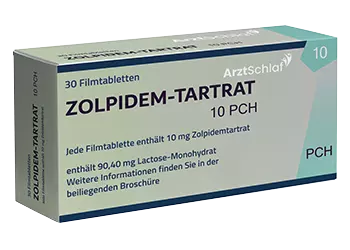Flight safety depends on many factors. Among the most important is the health of pilots. To ensure this, the FAA has strict medical standards. These standards help protect both the pilot and passengers. One critical program shaping these standards is the FAA HIMS AME. Understanding this program shows how it influences flight medical standards and keeps skies safer.
The Role of FAA HIMS AME in Pilot Health Monitoring
FAA HIMS AME stands for Federal Aviation Administration’s Human Intervention Motivation Study Aviation Medical Examiner. This program specifically addresses pilots dealing with substance abuse issues, particularly alcohol. It pairs specially trained Aviation Medical Examiners (AMEs) with pilots to monitor and support their recovery. These AMEs are experts in evaluating the mental and physical health of pilots, especially those who have faced substance use challenges.
This program’s role is vital. It helps pilots return safely to flying while ensuring they meet the FAA’s health requirements. By focusing on rehabilitation and ongoing assessment, the FAA HIMS AME program sets a standard for medical oversight that is more compassionate but no less rigorous.
FAA HIMS AME Influence on Medical Certification Processes
The process of medical certification for pilots has become more comprehensive because of the FAA HIMS AME program. AMEs trained under HIMS have a deeper understanding of the challenges pilots face with addiction and mental health. This expertise allows them to make more informed decisions about medical certification.
These AMEs can identify risks that might be missed by general medical examiners. They also monitor pilots over time rather than offering a one-time clearance. This ongoing process has raised the bar for how flight medical standards are applied, especially in cases involving substance use recovery.
Enhancing Flight Safety Through FAA HIMS AME Practices
Flight safety benefits greatly from the practices established by FAA HIMS AMEs. Pilots under the HIMS program follow strict treatment and monitoring plans. These plans include regular medical exams, counseling, and sometimes random drug and alcohol testing. This comprehensive approach reduces the risk of relapse and ensures pilots maintain their fitness to fly.
By integrating these health checks into standard medical protocols, the FAA HIMS AME program promotes a culture of safety. It sends a message that health issues are taken seriously and managed carefully without compromising a pilot’s career unnecessarily.
FAA HIMS AME Training and Its Effect on Flight Medical Standards
Training for FAA HIMS AMEs is specialized and thorough. These medical examiners receive additional education on addiction medicine, mental health evaluation, and the unique stresses of the aviation environment. This advanced training influences flight medical standards by introducing more nuanced health assessments.
Such knowledge helps AMEs differentiate between pilots who are fit to fly and those who may pose risks. The training also emphasizes support and rehabilitation rather than just disqualification. This balanced approach has shifted medical standards toward a more proactive and preventive model.
Conclusion
The FAA HIMS AME program has made a significant impact on flight medical standards. It has introduced a more detailed, supportive, and effective approach to monitoring pilot health. Through specialized training, ongoing assessments, and focused rehabilitation, FAA HIMS AMEs help pilots stay safe and healthy in the cockpit.









